Building resilience in Dashoguz and Lebap through local adaptation to climate change
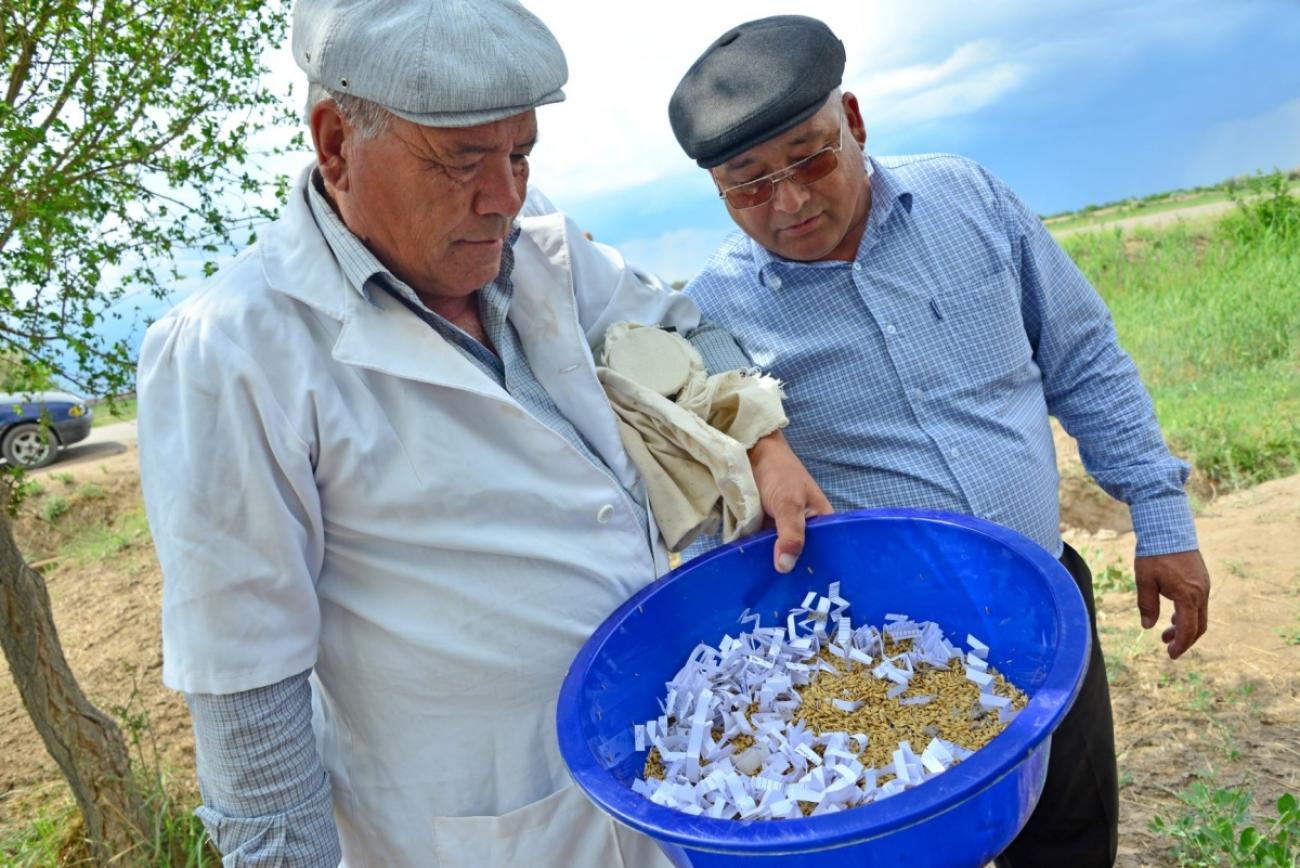
Climate change makes agriculture very challenging activity.
Shortages of water, droughts, desertification and degradation of previously fertile areas, more extreme weather conditions, which are hard to predict, make tasks set in front of the farmers hard to achieve. As a result, farmers have to adapt to the changing climatic conditions by growing different types of crops, re-sowing, changing planting and harvesting patterns, using new varieties and types of technologies, changing practices, approaches and mindset in agriculture.
The United Nations Development Programme (UNDP) together with the Ministry of Agriculture and Environment Protection of Turkmenistan implement a joint project funded by the Special Climate Change Fund of the Global Environment Facility (GEF), which supports local farmers in Dashoguz and Lebap regions to adapt to the climate change conditions and find alternative sources of income. As a long-term impact, the implemented actions ensure resilience and sustainable growth on the level of the farmers’ unions in the two regions and economic support to the rural households.
“When we started our work in Lebap and Dashoguz regions, we have prioritized consultations with the farmers of the selected farmer’s unions. It was revealed that for some farmers growing crops and receiving a good yields from household plots were challenging, while others did not have a problem with harvesting, but could not store the harvested crops when it was excessive. As a result, people relied on restrained traditional sources of income under the climate change conditions, without considering alternative ways of obtaining income,” describes Amangul Ovezberdiyeva, UNDP/GEF project manager.
In “Garagum” Livestock farmer of Dashoguz region, farmers grow various fruits and vegetables on the household plots. The collected harvest provides income after selling vegetables on the local market and ensures food for the family members throughout the year. However, horticulture stopped bringing as much income as it used to some 10 years ago, and was outweighed by cattle breeding on the territory of the household plots (as a source of income) due to the changing climatic conditions.
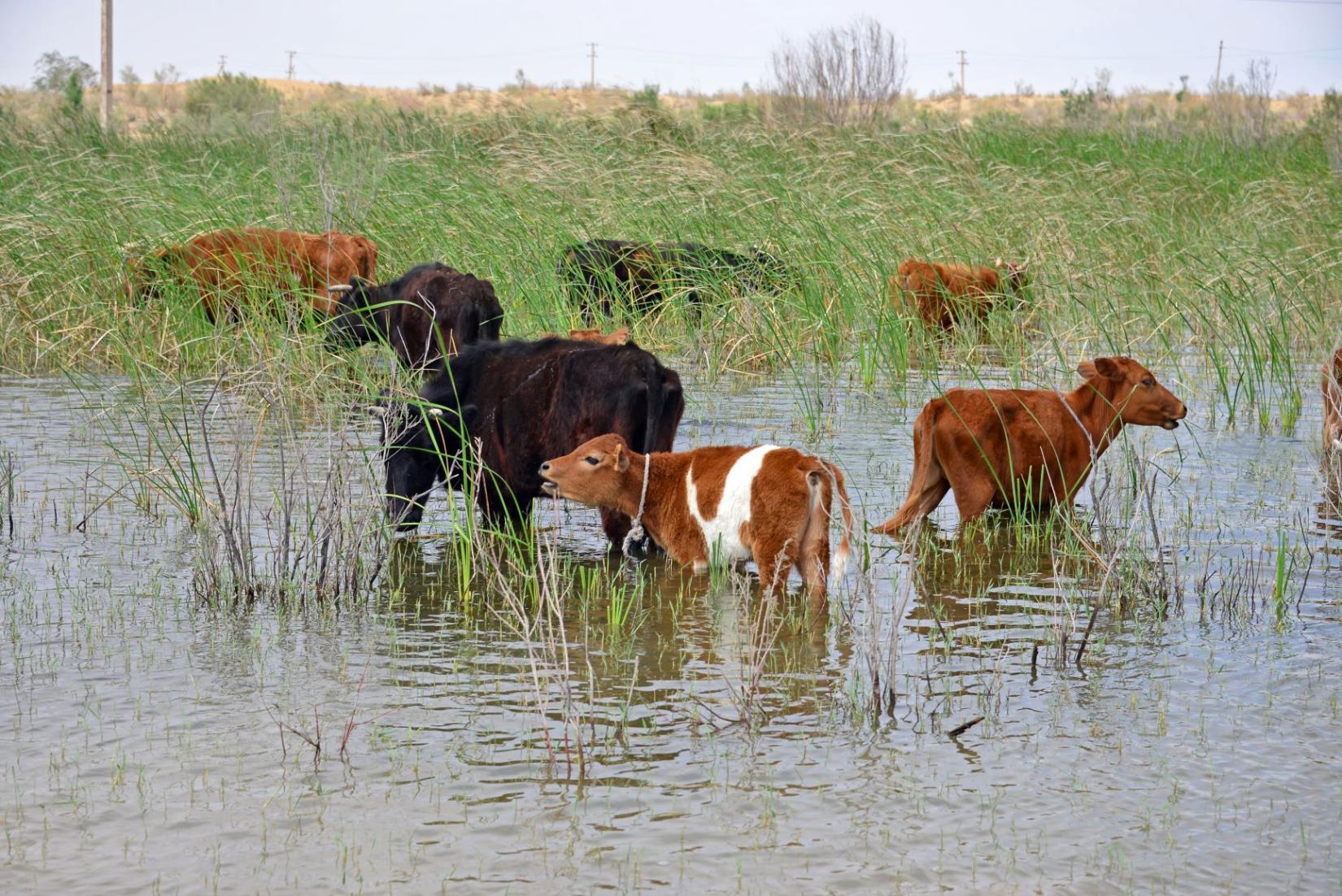
Starting from 2018, UNDP/GEF project offered trainings in the agri-consulting centers of the joint project in Dashoguz and Lebap regions on new agricultural technologies and innovative farming under the conditions of climate change. Further, the project started construction of the greenhouses in each region next to the administrative office of the farmers’ unions to demonstrate the use of new technologies and their advantages.
“Each greenhouse is going to employ 2-3 local people, which would provide jobs for the local community members. We are going to grow crops selected by the farmers themselves,” explains Murad Husayinov, local coordinator from the Lebap region. “It was decided to grow tomatoes and cucumbers in Dashoguz, and seedlings of different vegetables and plants for further dissemination among the residents in Lebap. We still need to wait some time to complete the construction and receive the first crop, but we are sure that we will be able to demonstrate that greenhouses in farming under the current climatic conditions ensure alternative source of income from the household plots, offer financial and food self-sufficiency for the local farmers.”
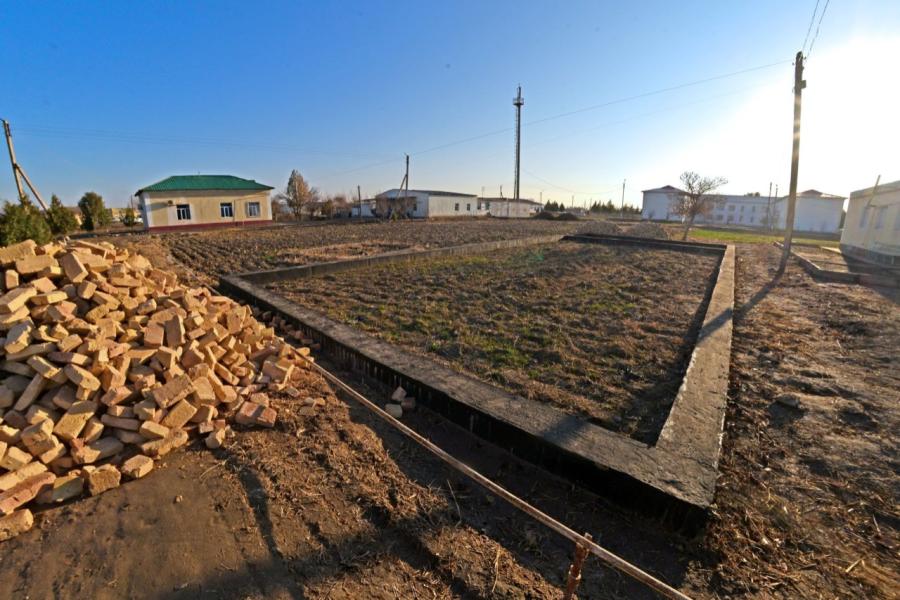
On the other hand, some farmers, who underwent advanced trainings through the agro centers of the project were able to receive sufficient amount of yields from their plots and went further with providing solutions to preserving the collected crops for the community members. In Lebap region, farmers in “Watan” and “Parahat” farmers’ unions often suffer from flooding and inability to store the received crops for further distribution to the local markets.
“After retiring from the official job in the agricultural sphere, I decided to lend 0,4 ha and grow vegetables and fruits to provide sustainable income for my family. However, it turned out to be harder than I thought,” remembers Karyahan apa, mother of 4. While Karyahan was developing her own plot of land, she observed a problem of storing the received yield of her own and of the fellow farmers. She realized that the vegetables and fruits, which were not sold on the market on summer season rotten and it meant that the potential income was lost.
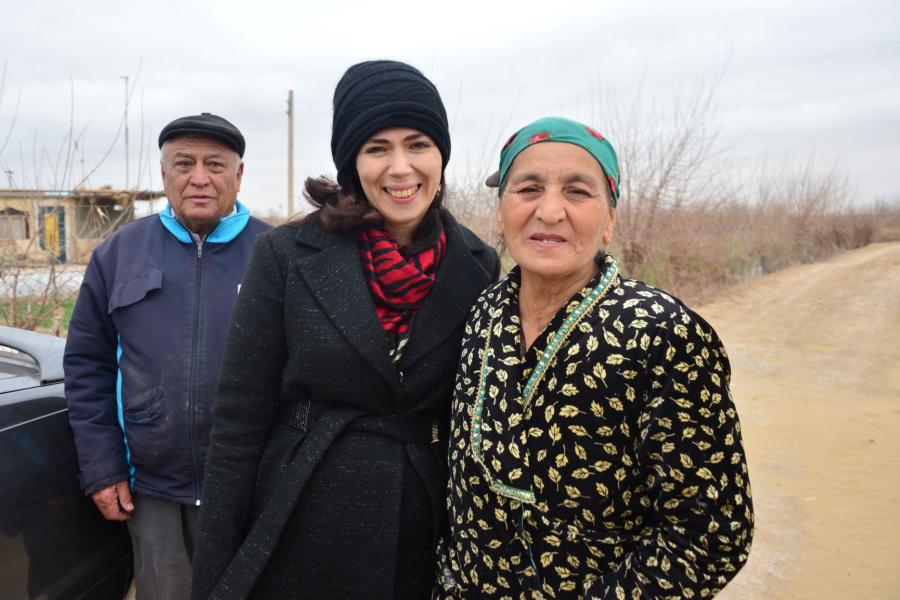
In the past, Karyahan received consultative support from the joint project, and decided to attend the training on the grant proposal writing. She then applied for the grant and her proposal to construct a vegetable storage house for storage of the received yield in “Parahat” union was approved by the panel. The vegetable storage house of 60m2 was constructed in the summer of 2020 and now benefits around 600 surrounding households.
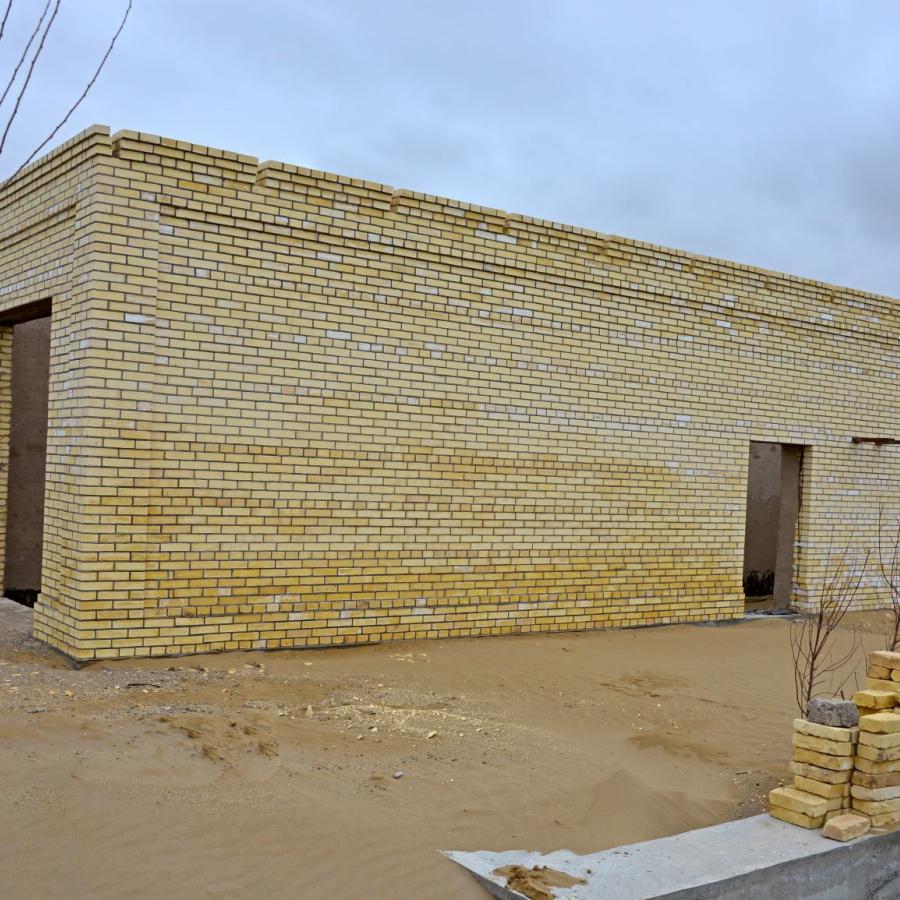
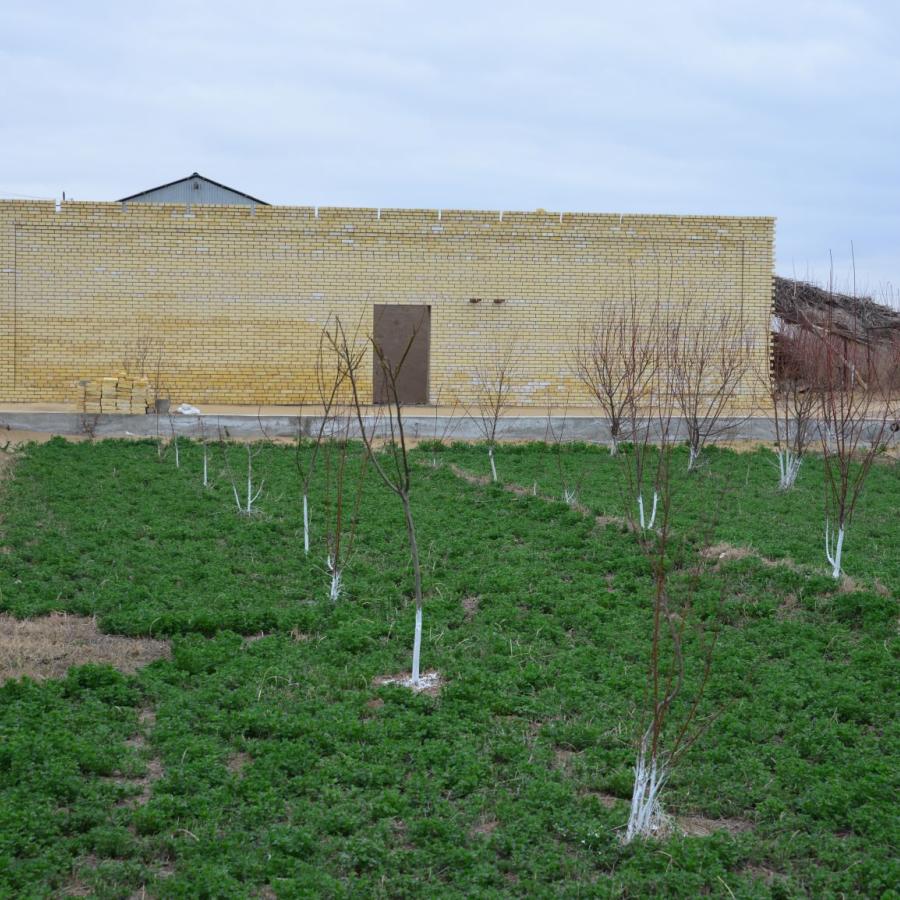
“This storage house allows us to store the received yield and sell it throughout the year. So, we now do not lose the money and can plan selling throughout the year,” says Karyahan apa.
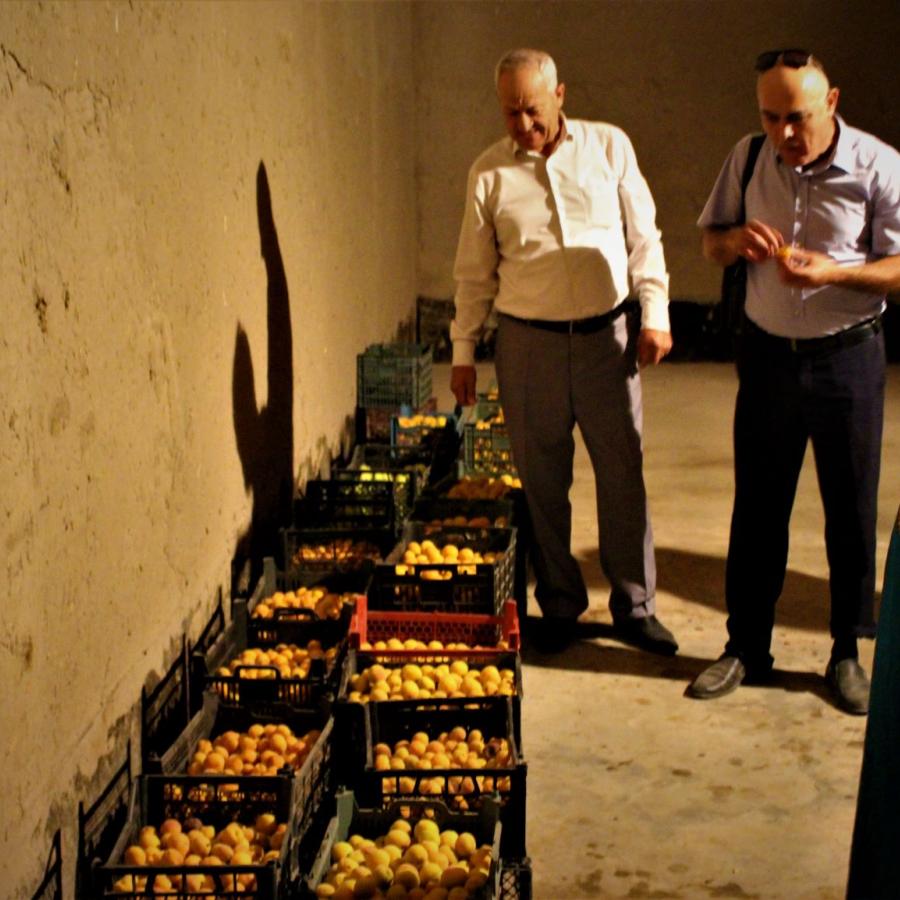
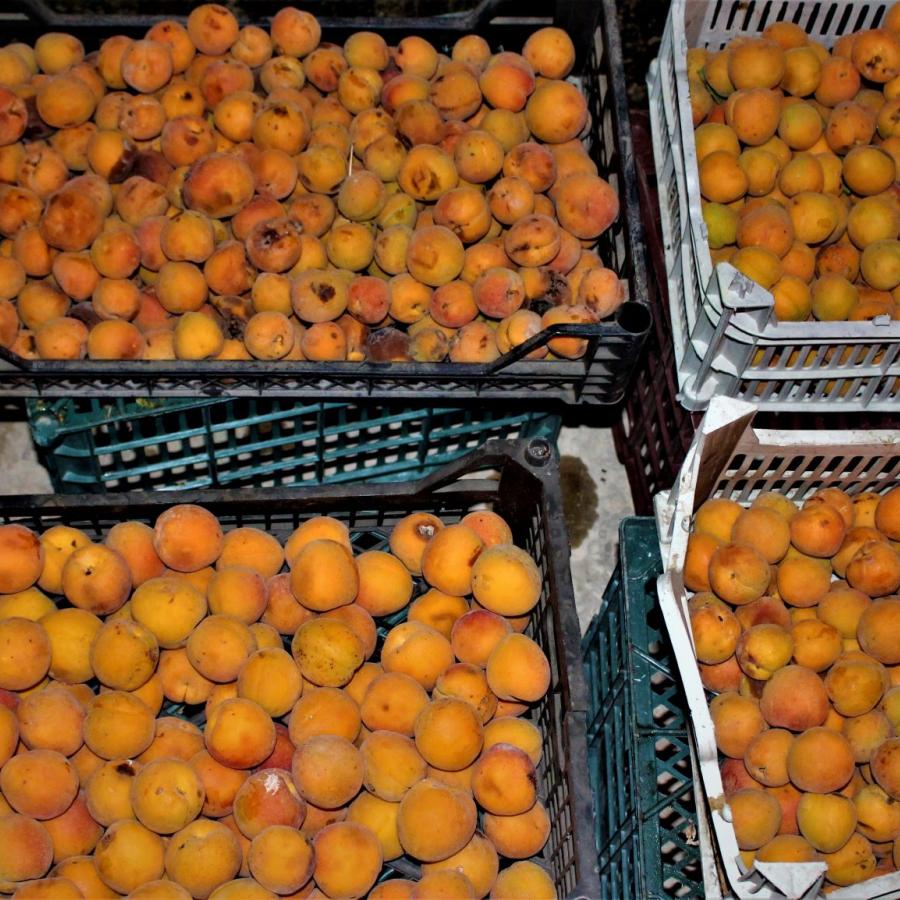
The joint project “Supporting climate resilient livelihoods in agricultural communities in drought-prone areas of Turkmenistan” supports 6 farmers’ unions and 2 cattle farms in Lebap and Dashoguz regions. The project together with the local administration and in consultation with the farmers and cattle breeders has developed local adaptation plans, which help overcome the effects of climate change, such as drought and flooding, desertification and rapidly changing weather conditions, and continues to offer grants to viable community support proposals.
Written by



